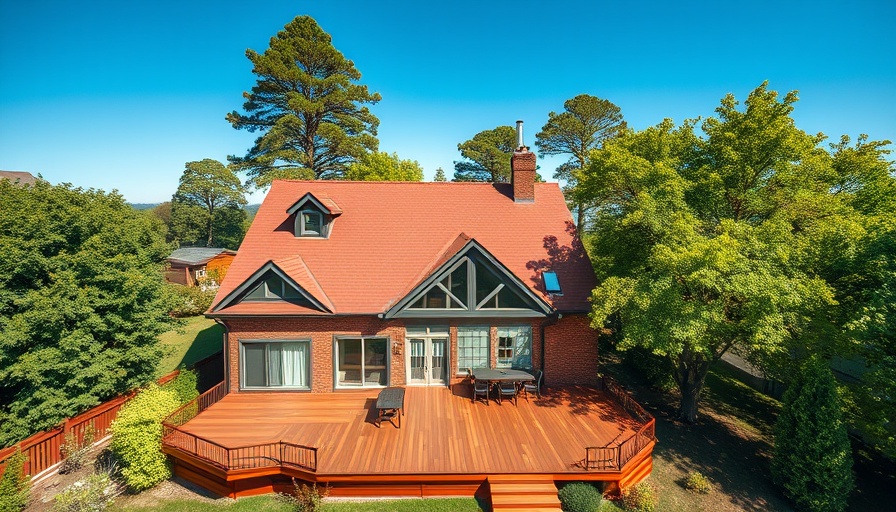
Revitalize Your Basement with Strategic Lighting Solutions
Transforming a dreary, windowless basement into a bright, cheerful haven may seem like a daunting task, but it is entirely achievable. The key to brightening up this often-overlooked space is to implement a well-thought-out lighting strategy. Consider blending different forms of illumination to mimic the natural light you miss out on.
Start by incorporating multiple layers of lighting: ambient, task, and accent lights. These types create a rich atmosphere, essential for any basement destined to be more than a storage area. For instance, LED strips can be installed under shelves for subtle illumination, while wall sconces add flair and depth to your walls. Additionally, dimmer switches allow for flexible light control, making your basement a cozy retreat or an energetic workspace whenever you need it.
Color Choices that Transform
The colors on your walls have a significant impact on how a room feels. In a space like a basement, which typically lacks natural light, it's crucial to choose wisely. While light shades like soft whites, pale blues, and light grays work wonders for reflecting light and creating an airy feel, bold tones can lend an unexpected charm if used as accents.
Experimenting with finishes is equally important. Glossy paint reflects more light, thereby contributing to a brighter atmosphere. You might think of a high-gloss navy blue for an accent wall that dramatically enhances character without overwhelming the space. Balancing light and dark shades can help you craft an inviting environment that showcases your unique style.
Creating Functional Zones
Think about what purpose your basement will serve and design it accordingly. Whether it’s a family movie marathon, a cozy reading nook, or a home office, defining zones can help you select furnishings and decorations that enhance the usability of the space.
Multi-functional furniture, such as a fold-out couch paired with a compact coffee table, can transform a cramped area into a versatile haven. Use area rugs to delineate spaces while adding warmth underfoot. Each zone should have its specific lighting designed for its function—for example, brighter light for a reading corner and softer light for a lounge area.
Maximizing the Use of Mirrors
One clever trick to brighten a windowless basement is to add mirrors. Mirrors can visually enlarge the space while bouncing light around the room. Placing a large mirror opposite a light source, such as a strategically placed lamp, can create an illusion of depth and openness.
Consider framed mirrors that resonate with your decor style. From modern geometric shapes to vintage ornate frames, the right mirror can serve as a stunning decor piece while providing practical benefits.
Practical Steps Towards a Warm Basement
Besides lighting and color, consider insulation as a critical component of your renovation project. Enhancing your basement’s insulation keeps it cozy and can significantly reduce energy costs. Insulating walls and installing an energy-efficient heating source can make your basement a year-round livable space.
Moreover, don’t forget the floors! Carpet tiles or luxury vinyl plank not only provide comfort but also contribute to warmth. Flooring options can create a seamless transition between levels of your home, making the basement feel integrated rather than isolated.
The Value of Personal Touches and Alternatives
Ultimately, your basement is a blank canvas just waiting for your fingerprint. Whether it’s through artwork, personal collections, or bespoke furniture, injecting your personality will make the basement feel like an extension of your home.
Exploring eco-friendly materials could also benefit both your space and the environment. Reclaimed wood accents or sustainably-sourced textiles can add character while promoting a greener lifestyle.
Your Bright Basement Awaits
With thoughtful lighting, strategic color choices, personalized decor, and an eye towards sustainability, your windowless Brooklyn basement can transform into an exceptional space. This renovation not only enhances your home’s value but also enhances your quality of life.
Let's unleash the potential of your basement today! With these innovative strategies and design principles, you're well on your way to converting a dark, neglected area into a bright, welcoming retreat. Get started on your basement transformation, and watch it flourish beyond your dreams.
 Add Row
Add Row  Add
Add 




Write A Comment